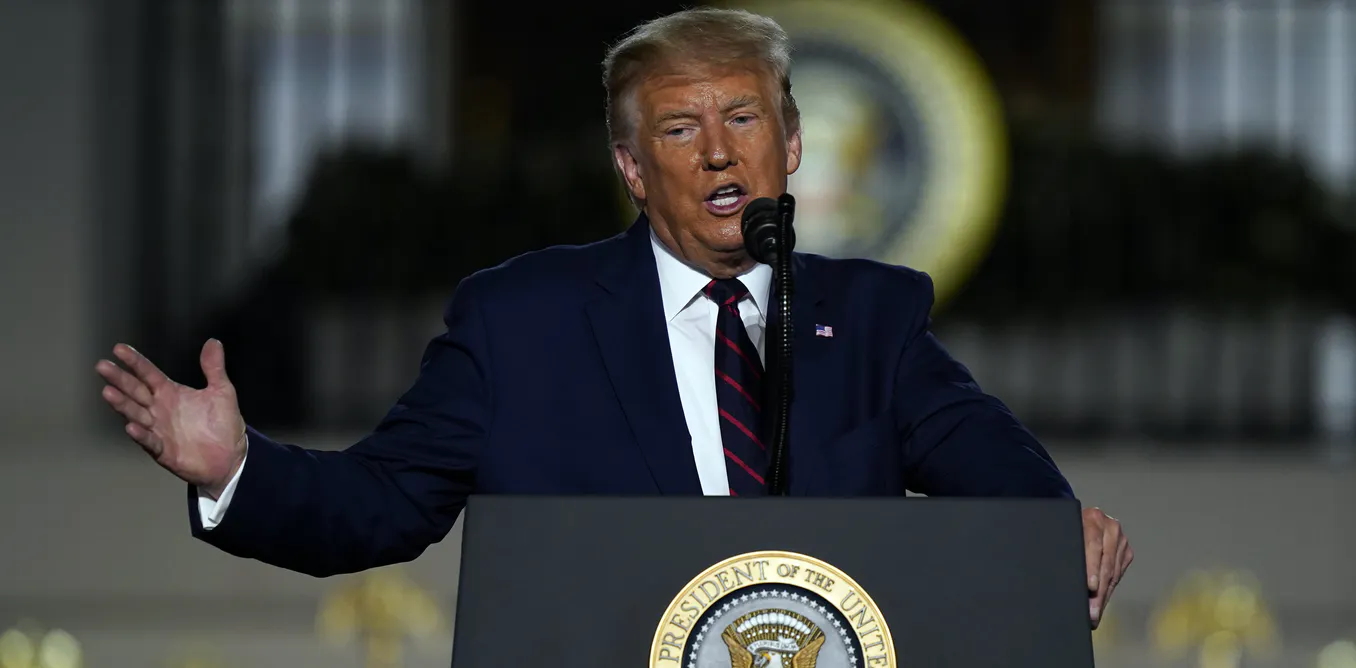Elon Musk’s flood of US election tweets may look chaotic. My data reveals an alarming strategy
- Written by Timothy Graham, Associate Professor in Digital Media, Queensland University of Technology

As voting booths in the United States close and the results of the presidential election trickle in[1], tech billionaire Elon Musk has been posting a flurry of tweets on his social media platform, X (formerly Twitter). So too has Republican presidential nominee Donald Trump.
At first glance these tweets might appear chaotic and random. But if you take a closer look, you start to see an alarming strategy behind them – one that’s worth paying very close attention to in order to understand the inner workings of the campaign to return Trump to the White House.
The strategy has two immediate aims. First, to overwhelm the information space and thereby manage attention. Second, to fuel the conspiracy theory that there is a coordinated campaign among Democrats, the media and big tech to steal this election.
But it’s important to understand that the strategy on X is part of a master strategy of Trump’s campaign: a backup plan in case of a Trump loss, designed to encourage the public to participate in a grand re-wiring of reality via the meta-narrative of widespread voter fraud.
Overwhelm the information space
Musk has long been a prominent user of X, even before he became the owner, chief technology officer and executive chairman of the platform.
But as I reported last week[2], since he endorsed Trump in July, engagement with his account has seen a sudden and anomalously large increase, raising suspicions as to whether he has tweaked the platform’s algorithms so his content reaches more people.
This trend has continued in recent days.
As well as posting on X, earlier today Musk also held a “freeform” live discussion[3] on the platform about the election. It lasted for nearly one and a half hours. Around 1.3 million people tuned in. This is one of many live discussions he has hosted about the election over the past months, including notably with Trump[4].
In an information war, everything is about attention management. Platforms are designed to maximise engagement and user attention above and beyond anything else. This core logic of social media is highly exploitable: who controls attention controls the narrative. In Australia, the “Vote No” campaign during last year’s referendum on Indigenous representation in government was a masterclass in attention management[5].
By bombarding audiences, journalists, and other key stakeholders with a constant supply of allegations, rumours, conspiracy theories and unverifiable claims, Musk and the Trump campaign eat up all the oxygen of attention. When everyone is focussed on you and what you’re saying, they are distracted from what the other side is saying.
And Musk and Trump want people to focus on the idea that the election is going to be stolen.
Fuel the election fraud narrative
From the beginning of the year, the narrative that the US presidential election is at risk of being defrauded has been steadily gaining steam. But in the past week leading up to election day, it has gone gangbusters.
For example, starting on October 27, Trump started posting on X using the #TooBigtoRig hashtag. This refers to the idea that Trump will win the election by such a large margin that the result will be incontestable. Up to this point, the #TooBigToRig campaign was driven by Trump supporters. Now, Trump has officially joined – giving it the ultimate legitimacy.
There has also been a dramatic spike over the last week in posts using similarly themed hashtags such as #ElectionFraud, #ElectionInterference, #VoterFraud and #StopTheSteal.
Musk himself hasn’t been using these hashtags very much (although replies to him from other users are riddled with them). But he has been posting material that aligns with them. For example, earlier today he retweeted a post[7] which claimed the electronic voting system in the US was insecure. Musk added: “Absolutely”.
He has also falsely accused Google of encouraging Americans[8] to vote for Democratic nominee Kamala Harris.
And as some early results have started trickling in, Musk has posted[9] about Trump’s odds of winning being nearly 70%.
“The prophecy has been fulfilled,” Musk wrote.
Participatory disinformation
In many ways this has all the hallmarks of participatory disinformation[10]. This concept, developed by computer scientist Kate Starbird and colleagues, explains how both ordinary people as well as politicians and influential actors become active participants in spreading false narratives.
Unlike the top-down model of propaganda, participatory disinformation describes how grassroots activists and regular people – often with strong convictions and genuine intentions – contribute to spreading and evolving narratives that are not grounded in facts. It is a collaborative feedback loop involving both elite framing of issues and collective sensemaking and “evidence” gathering.
Before war breaks out, there are clear signs of what’s about to unfold, even if a country publicly denies they are preparing for battle. Blood supplies[11], troops and weaponry are transported to the border[12] in preparation for an invasion.
The same thing is at play here, except the weapon is us.
The flood of tweets by Musk and Trump, in particular, is setting the stage for a full-blown participatory disinformation campaign to undermine the election results.
References
- ^ results of the presidential election trickle in (theconversation.com)
- ^ as I reported last week (theconversation.com)
- ^ a “freeform” live discussion (x.com)
- ^ with Trump (www.bbc.com)
- ^ masterclass in attention management (theconversation.com)
- ^ Evan Vucci/AP (photos.aap.com.au)
- ^ he retweeted a post (x.com)
- ^ falsely accused Google of encouraging Americans (x.com)
- ^ Musk has posted (x.com)
- ^ participatory disinformation (journals.sagepub.com)
- ^ Blood supplies (edition.cnn.com)
- ^ are transported to the border (www.cbsnews.com)














